10 Clowns to Fuel Your Nightmares
You'll die laughing
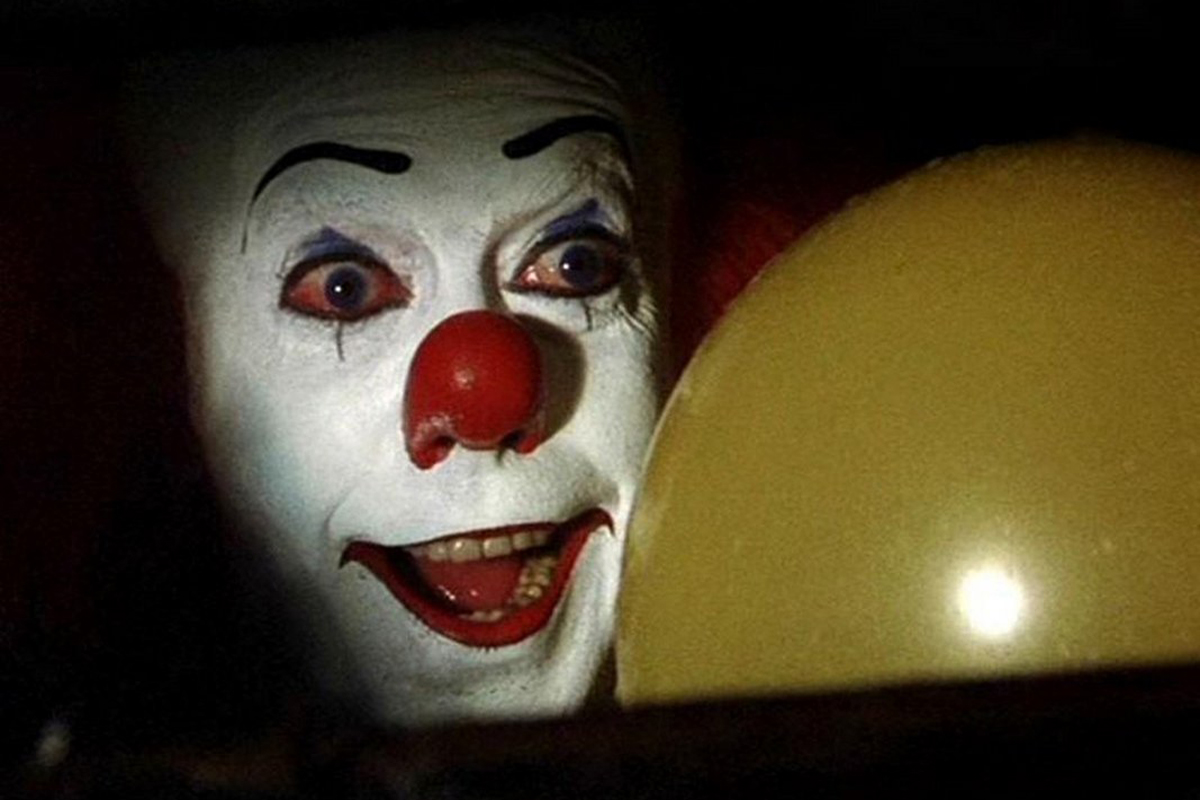
Recently, repeated clown sightings in three states — South Carolina, North Carolina and Ohio — have residents rattled. And no wonder — movies, television and video games feature enough disturbing and downright evil clowns to give even the most avid circus fan bad dreams. Turns out, "There's something inherently menacing about a masked stranger," said Ben Radford, author of "Bad Clowns" (University of New Mexico Press, April 2016). [Why Are People Afraid of Clowns?]
Who knows what's really lurking behind their painted grins?
Here are a few exceedingly creepy clowns that will fulfill your very worst expectations for costumed entertainers. Perhaps Bart Simpson of TV's "The Simpsons" had the right idea when he arose from a sleepless night in a clown-shaped bed moaning, "Can't sleep, clown will eat me."
The silent clown
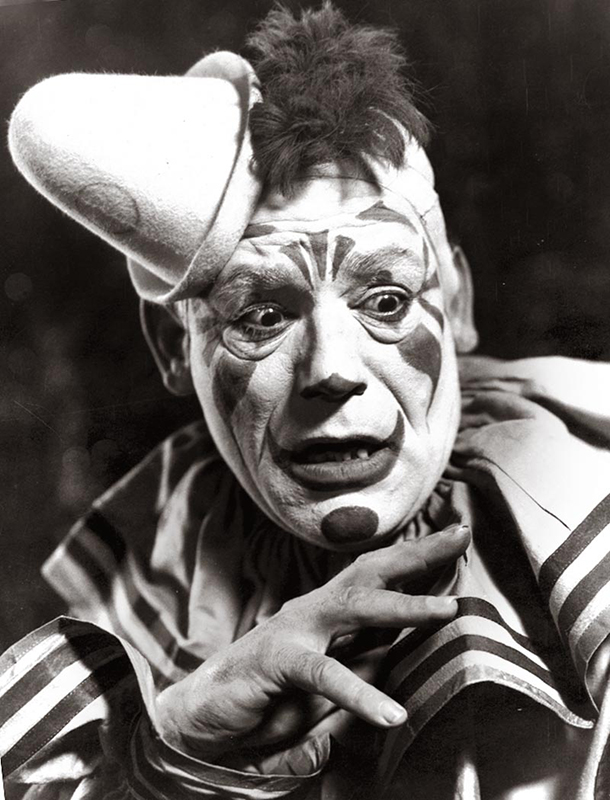
Clown characters in early motion pictures offered an uneasy glimpse of the darkness they contained. They were frequently tragic figures, pathetic losers caught up in spiraling abuse and degradation, and they typically inspired more depression than laughter. Likely audiences weren't laughing much at Lon Chaney Jr.'s portrayal of Tito, a dismal circus clown in "Laugh, Clown, Laugh" (1928). Tito is driven insane by unrequited love for his adopted daughter, and eventually falls to his death during a risky high-wire stunt.
The Joker
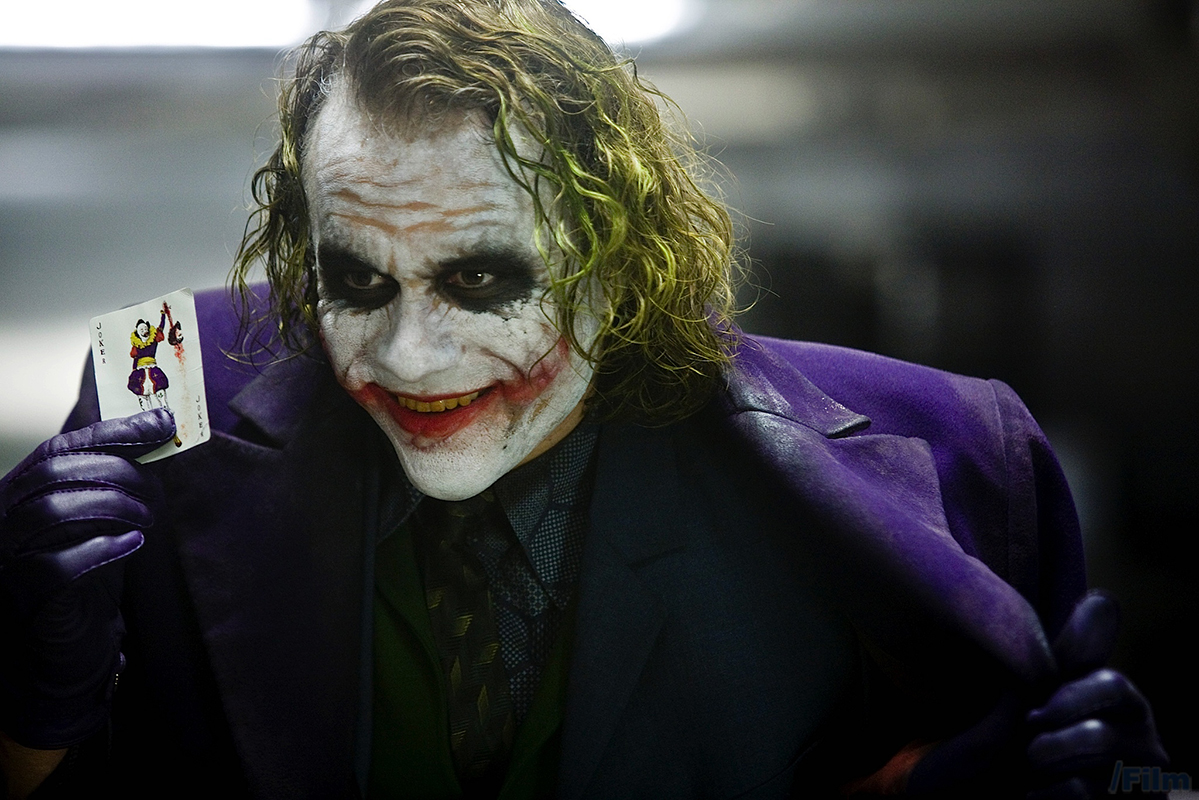
Batman's sadistic archenemy, the Joker, sports a circus clown's signature white greasepaint makeup, bisected by an unnaturally wide, red-lipped smile. Nothing makes him laugh louder or longer than causing death, mayhem and suffering, and he frequently uses weapons that are modeled after pranks or tricks used by clowns and magicians, such as lapel flowers that squirt acid or balloons filled with toxic gas.
The Joker first appeared in the debut issue of the Batman comic book in 1940, and has since cackled his way across TV screens in both live action and animated series, and in movies — from "Batman" (1989) to "Suicide Squad" (2016).
Heath Ledger, pictured here, delivered a devilishly insane Joker in the film "The Dark Knight" (2008).
Pennywise ("It," 1990)
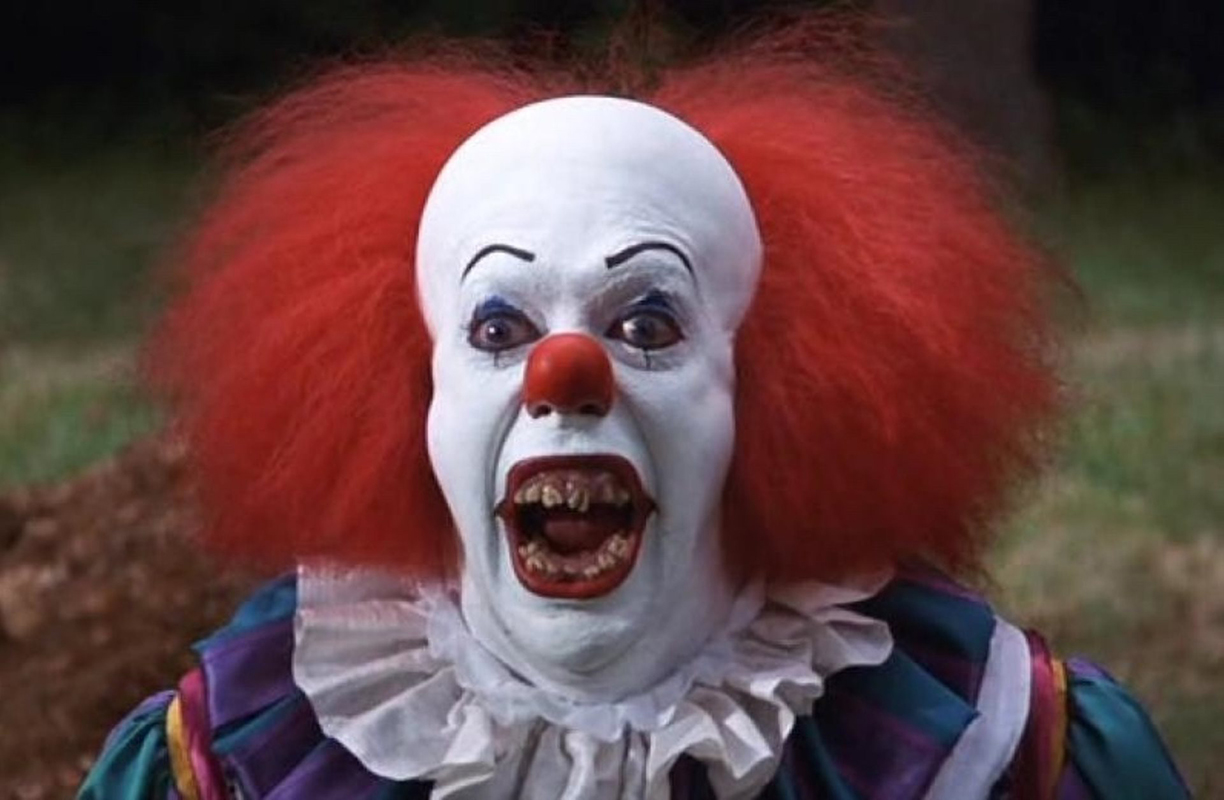
Stephen King created the fearsome clown Pennywise in his horror novel "It" in 1986, and in 1990 actor Tim Curry brought the character to life in a miniseries for ABC. Pennywise, a demon that abducts and murders children, takes a clown's form to lure them close enough to snatch. King recently told the Bangor Daily News that he chose to make Pennywise a clown because "kids love clowns, but they also fear them."
With a bulbous red nose, fringe of red hair, striped jumpsuit and floppy collar, Pennywise was a perfect circus clown — and was also perfectly terrifying.
Alien clowns ("Killer Klowns from Outer Space," 1988)
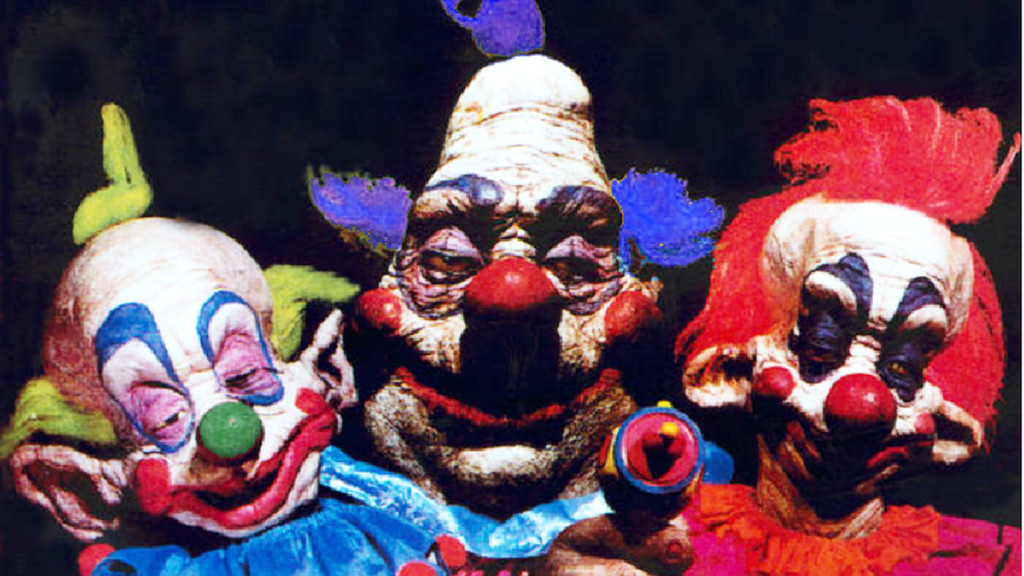
Alien invaders with a taste for cotton candy disguise themselves as grotesque clowns and embark on a murderous spree in a small town, making deadly use of balloon animals, extending arms and cream pies. The clowns' distorted faces are certainly grotesque, but this cult classic is ultimately more goofy than scary.
Jangles ("Inside Out," 2015)
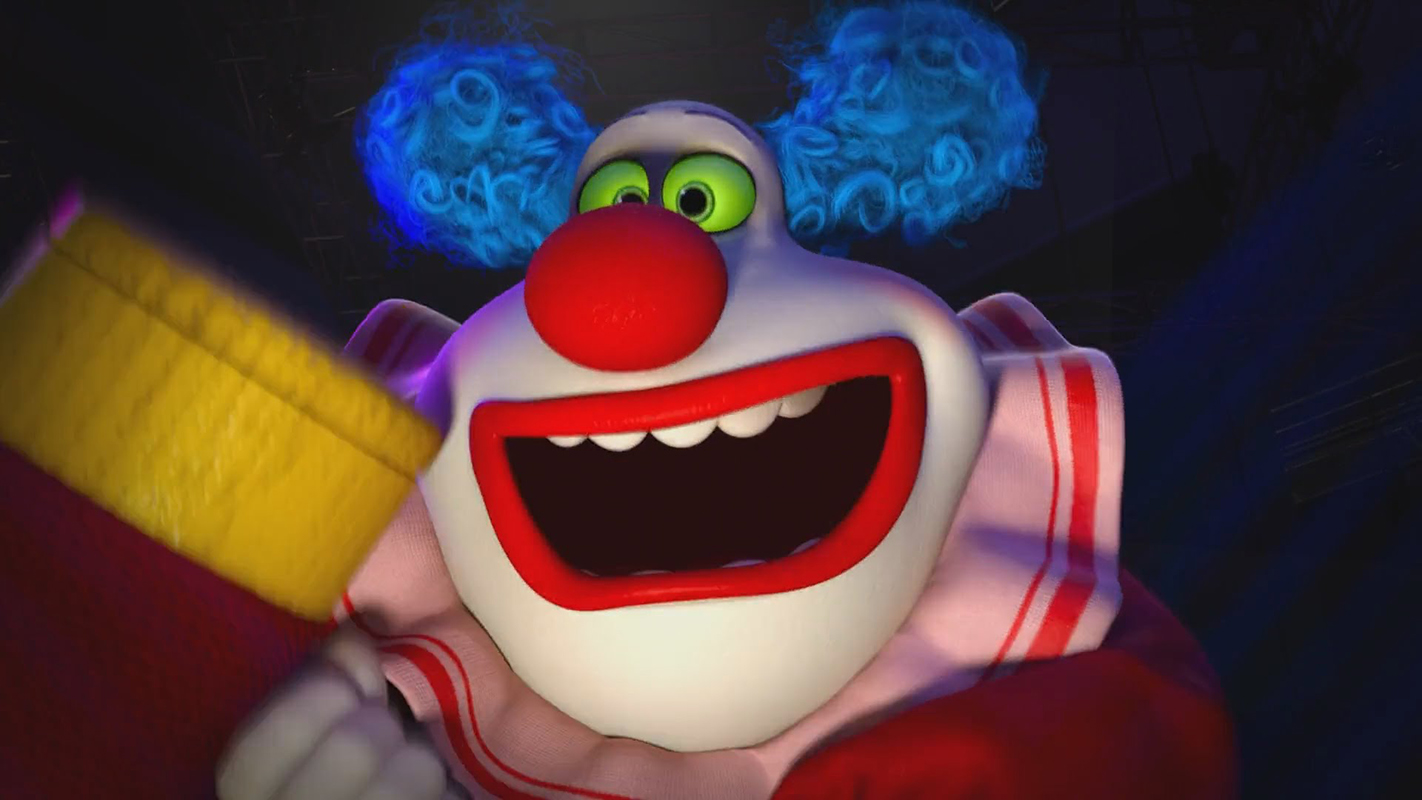
Some people who are terrified of clowns as adults can trace the root of their fears to a traumatic incident in their childhood involving a clown, psychologists say. During a trip through young Riley's subconscious in the Disney/Pixar film "Inside Out," audiences encounter Jangles, an oversized, blue-haired clown swinging a mallet and howling with psychotic laughter. An exaggerated — and frightening — version of a clown that scared Riley at her 3rd birthday party, Jangles occupies the place in her mind that holds her darkest fears.
Twisty ("American Horror Story," 2014-2015)
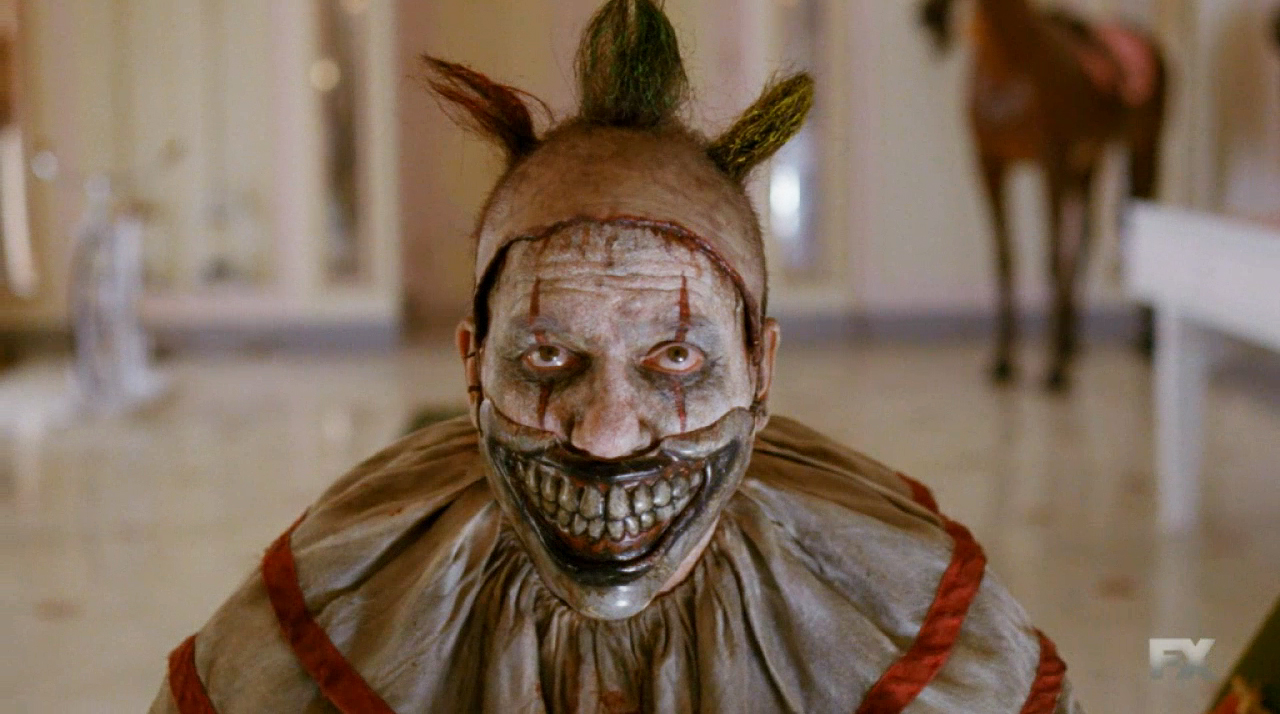
The character known as Twisty, played by actor John Carroll Lynch, is a stalker, kidnapper and exceptionally brutal murderer who wears a filthy parody of the traditional costume that is usually associated with Pierrot, a clown character that originated in Paris in the 18th century. He hides the lower half of his mutilated face with a prosthetic that is no less horrifying, and he murders adults so that he can steal and imprison their children.
Professional clowns found the portrayal of Twisty so disturbing that the president of Clowns of America International — the largest clown club in the U.S. — issued a statement in the Hollywood Reporter denouncing the TV show and network behind Twisty's twisted exploits, saying, "We do not support in any way, shape or form any medium that sensationalizes or adds to coulrophobia or 'clown fear.'"
Sweet Tooth ("Twisted Metal" game series, 1995 – 2012)
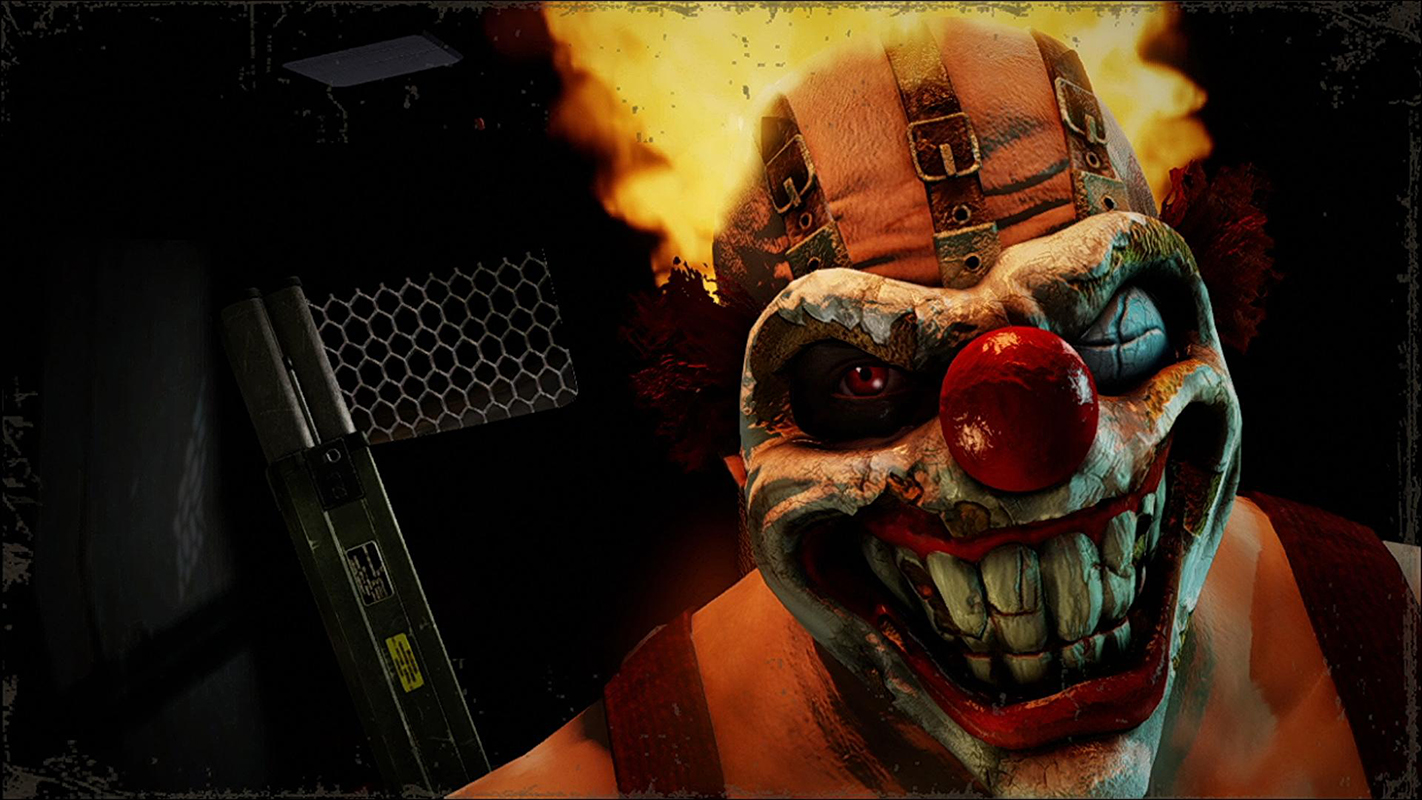
A homicidal clown who drives a weaponized ice-cream truck, Sweet Tooth is an enduring character in Nintendo's long-running video game series "Twisted Metal." His looks have changed over time; he was originally designed as a fairly normal-looking clown, albeit an insane asylum escapee and kill-crazy maniac. However, in the second game of the series and in every game thereafter, designers rendered him with flames emerging from his head, a hellish touch that illuminates his white clown mask and lunatic grin.
Captain Spaulding ("House of 1000 Corpses," 2003, and "The Devil's Rejects," 2005)
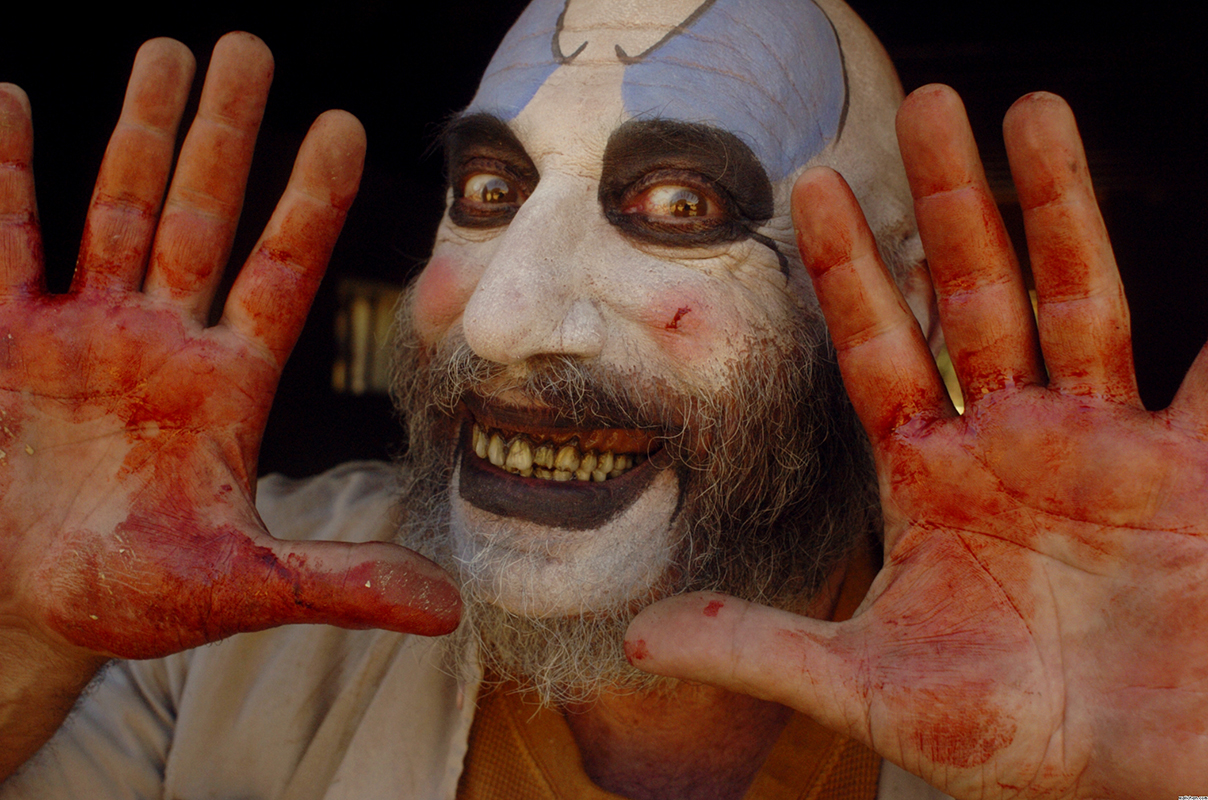
In July 2005, the now-deceased film critic Roger Ebert reviewed "The Devil's Rejects," the second film to feature a murderous clown-faced character named Captain Spaulding (Sid Haig). Ebert called it "violent," "nauseating" and "a gaudy vomitorium of a movie," writing that Captain Spaulding was a particularly repulsive character, whom he described as "thoroughly disgusting."
Spaulding's name was inspired by the Groucho Marx character in "Animal Crackers" (1928), but the humor in his scenes is dark and generally accompanied by gruesome violence: After shooting someone in "House of 1000 Corpses," Spaulding complains about getting blood all over his best clown suit. [Is It Safe to Drink Blood?]
Killjoy ("Killjoy" film series, 2000 – 2016)
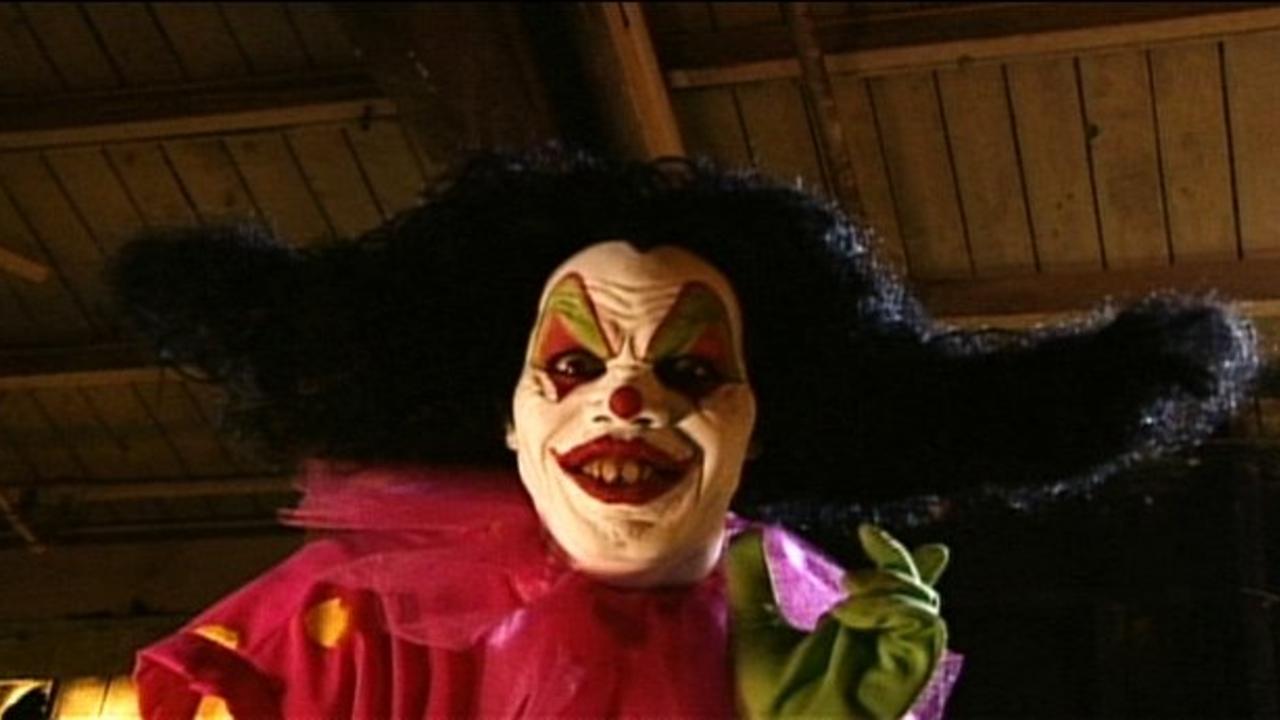
What happens when you summon a demonic clown to enact bloody vengeance on your enemies? It usually doesn't end well.
Killjoy, an evil spirit in clown garb, was originally invoked as an instrument of revenge, but soon demonstrated that he had a murderous agenda of his own. Over four movies — the most recent appears in theaters October 2016 — he establishes an impressive body count using both supernatural and traditional murderous methods to slaughter his victims.
John Wayne Gacy, Jr. (1942 – 1994)

Gacy's story is a chilling, real-life tale of a predatory man who worked as a professional clown and was also a kidnapper and murderer, abducting and killing at least 33 boys and young men between 1972 and 1978, after luring them to his house for sex. He buried 29 of their bodies under his home, the New York Times reported in 1994.
Costumed and made up as "Pogo the Clown," a character that he invented, Gacy appeared at children's parties, parades and fundraisers, leading the media to dub him "The Killer Clown," according to Psychology Today.
Gacy was convicted in 1980 on 33 counts of murder, and was executed by lethal injection on May 11, 1994.
Sign up for the Live Science daily newsletter now
Get the world’s most fascinating discoveries delivered straight to your inbox.

Mindy Weisberger is an editor at Scholastic and a former Live Science channel editor and senior writer. She has reported on general science, covering climate change, paleontology, biology and space. Mindy studied film at Columbia University; prior to Live Science she produced, wrote and directed media for the American Museum of Natural History in New York City. Her videos about dinosaurs, astrophysics, biodiversity and evolution appear in museums and science centers worldwide, earning awards such as the CINE Golden Eagle and the Communicator Award of Excellence. Her writing has also appeared in Scientific American, The Washington Post and How It Works Magazine. Her book "Rise of the Zombie Bugs: The Surprising Science of Parasitic Mind Control" will be published in spring 2025 by Johns Hopkins University Press.










